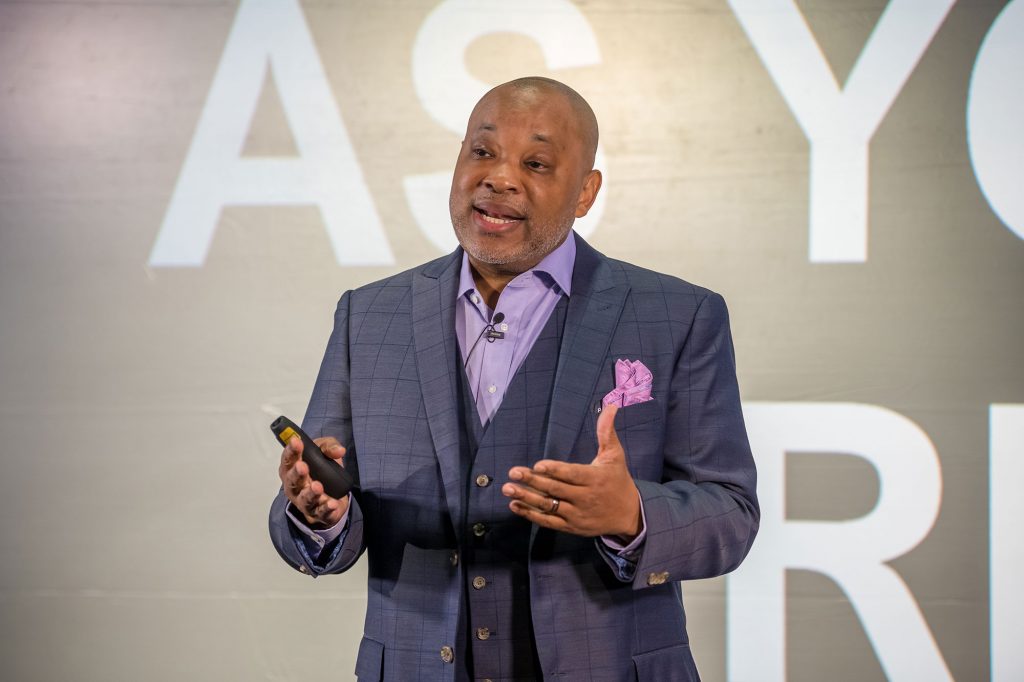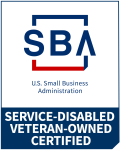Non-Profit Organizations and the IDI Intercultural Development Continuum
Home / Resources / The Ultimate Guide to the IDI (Intercultural Development Inventory) / Non-Profit Organizations and the IDI Intercultural Development Continuum
Non-profit organizations use the IDI (Intercultural Development Inventory) to assess the cultural competency of the organization and individual team members. The IDI includes a tool called the Intercultural Development Continuum (IDC). The IDC measures the subject’s mindset towards cultural competency based on one of 5 orientations.
The 5 Orientations of the Intercultural Development Continuum
- Denial Orientation – oblivious to diversity
- Polarization Orientation – critiques diversity
- Minimization Orientation – overlooks diversity
- Acceptance Orientation – understands diversity
- Adaptation Orientation – prioritizes diversity
As your Cultural Competency Navigator, its important to me that you understand how your organization’s orientation along the IDC can have an effect on every facet of your business, from hiring, learning and development, and company culture to marketing, sales and more.
3 Scenarios: IDI & IDC for Non-Profits
Here are 3 scenarios showing how a non-profit organization may approach a business decision based on their IDI assessment and IDC orientation.
- Scenario 1: Developing a New Curriculum
- Scenario 2: Gender Equality in Promotion
- Scenario 3: Finding Qualified BIPOC Board Members
IDC Scenario 1: Developing a New Curriculum
In this scenario, a non-profit board is in the process of creating a new curriculum tailored for its constituency. However, a significant challenge arises as there are complaints that Black, Indigenous, and People of Color (BIPOC) individuals are not purchasing the products associated with this curriculum. This situation highlights a complex issue related to diversity, equity, and inclusion within the organization.
The board’s task is to address this challenge by examining the curriculum development process and the product offerings from an intercultural perspective. It involves recognizing and responding to the fact that the current curriculum may not effectively resonate with or meet the needs of BIPOC communities, resulting in lower engagement and sales among this demographic.
Denial Orientation:
- Board members may not recognize the significance of BIPOC representation in the curriculum.
- Decision-Making: Focus on educating board members about the importance of diverse perspectives in curriculum development. Invite BIPOC community members to share their experiences.
Polarization Orientation:
- There may be disagreements on whether to address the issue or ignore it.
- Decision-Making: Establish a diversity committee to facilitate discussions and research on how to make the curriculum more appealing to BIPOC communities.
Minimization Orientation:
- The board might assume that a generic curriculum will suit everyone.
- Decision-Making: Seek feedback from BIPOC individuals and organizations to understand their specific needs. Tailor the curriculum accordingly.
Acceptance Orientation:
- The board acknowledges the issue but may not take proactive steps to address it.
- Decision-Making: Create an action plan that includes targeted outreach and marketing to BIPOC communities, showcasing the curriculum’s relevance to their needs.
Adaptation Orientation:
- The board recognizes the need for diversity and seeks expert solutions to fully integrate BIPOC perspectives.
- Decision-Making: Form a diverse curriculum development team that includes BIPOC experts to ensure their perspectives are central in the curriculum.
Scenario 2: Gender Equality in Promotion
In Scenario 2, the organization faces a pressing concern regarding gender equality in its promotion practices. This situation highlights a challenge related to women’s fair and equitable advancement within the organization. To address this issue effectively, the board and leadership must embark on a comprehensive examination of their promotion processes and practices.
Addressing the question of gender equality in promotions requires a multifaceted approach that encompasses data analysis, training, mentorship, policy changes, and ongoing monitoring.
Denial Orientation:
- The board may not acknowledge the gender disparity issue within the organization.
- Decision-Making: Conduct gender equity training for board members and initiate discussions on the topic to raise awareness.
Polarization Orientation:
- There might be division on whether gender equality is a valid concern.
- Decision-Making: Establish a gender equality task force to conduct a comprehensive organizational review and recommend changes.
Minimization Orientation:
- The board may assume that the organization already promotes gender equality.
- Decision-Making: Implement a gender-neutral promotion process and ensure that women are equally considered for advancement.
Acceptance Orientation:
- The board acknowledges the issue but may not have a clear strategy to address it.
- Decision-Making: Develop a gender equity policy and track promotion data to ensure fairness in the process.
Adaptation Orientation:
- The board recognizes the importance of gender equality and actively works to integrate it.
- Decision-Making: Implement mentorship and leadership development programs for women within the organization.
Scenario 3: Finding Qualified BIPOC Board Members
In Scenario 3, the organization is grappling with a significant challenge: some members of the board are expressing concerns about the difficulty of finding qualified BIPOC (Black, Indigenous, and People of Color) individuals to serve on the board. This situation underscores a critical issue related to board diversity and the need to address it proactively.
Addressing the challenge of finding qualified BIPOC board members requires a comprehensive and proactive approach that involves data assessment, strategic planning, recruitment efforts, training, community engagement, and ongoing monitoring. By embracing diversity as a strategic advantage, the organization can take meaningful steps towards achieving a more inclusive and representative board that better serves its mission and stakeholders.
Denial Orientation:
- The board may not see the need to diversify the board.
- Decision-Making: Engage in diversity training to understand the benefits of diverse boards and actively seek BIPOC candidates.
Polarization Orientation:
- The board may argue about the difficulty of finding qualified BIPOC candidates.
- Decision-Making: Collaborate with organizations that specialize in connecting BIPOC professionals with board positions.
Minimization Orientation:
- The board may assume that the status quo is acceptable.
- Decision-Making: Develop a board diversity strategy that includes outreach, mentorship, and leadership development for potential BIPOC board members.
Acceptance Orientation:
- The board acknowledges the need for diversity but may not actively seek BIPOC candidates.
- Decision-Making: Create partnerships with BIPOC-focused organizations to identify and recruit qualified board members.
Adaptation Orientation:
- The board actively seeks and integrates BIPOC perspectives into leadership.
- Decision-Making: Implement a structured onboarding process for BIPOC board members to ensure their successful integration.

Glen Guyton, is a seasoned professional and a qualified administrator of the Intercultural Development Inventory (IDI).
With years of experience in fostering diversity, equity, and inclusion within organizations, Glen brings a wealth of expertise to the table.
If your organization is seeking to embark on a transformative journey towards greater intercultural competence, reach out to Glen to help your organization thrive in today’s diverse and dynamic landscape.




